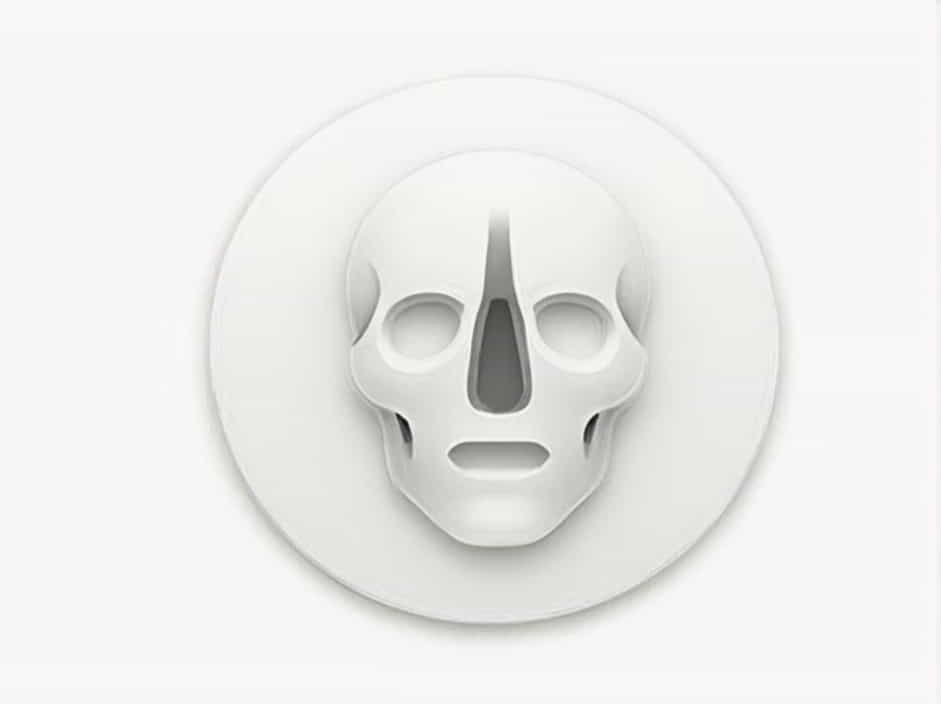The term “ventral” is commonly used in anatomy to describe the front or belly side of an organism. It is the opposite of “dorsal,” which refers to the back. Understanding ventral helps in identifying body structures, describing medical conditions, and understanding movement in both humans and animals.
In this topic, we will explore the definition, examples, and applications of “ventral” in anatomy. We will also provide multiple sentences using the word to clarify its meaning.
What Does “Ventral” Mean in Anatomy?
Definition of Ventral
In anatomical terminology, “ventral” refers to the front or anterior side of the body. It is commonly used to describe the location of organs, muscles, and structures relative to other parts.
For example, in humans:
- The chest is on the ventral side of the body.
- The abdomen is a ventral structure.
In animals that walk on all fours, the ventral side faces downward toward the ground, while the dorsal side faces upward.
Difference Between Ventral and Dorsal
| Term | Meaning | Example in Humans | Example in Animals |
|---|---|---|---|
| Ventral | Front or belly side | The navel is on the ventral side. | The underside of a fish is ventral. |
| Dorsal | Back or upper side | The spine is on the dorsal side. | A shark’s dorsal fin is on its back. |
Using “Ventral” in a Sentence (Anatomy Examples)
1. General Anatomy Sentences
- The ventral cavity contains vital organs such as the heart, lungs, and stomach.
- The ventral muscles play a key role in body movement and posture.
- The ventral surface of the tongue is more sensitive than the dorsal side.
- The ventral nerve cord in invertebrates runs along the belly side of the body.
- The ventral aspect of the forearm contains important blood vessels and nerves.
2. Human Body Sentences
- The sternum is located on the ventral side of the ribcage.
- During surgery, the ventral region of the abdomen is carefully examined.
- The ventral aspect of the wrist houses the median nerve, which is affected in carpal tunnel syndrome.
- The ventral abdominal wall provides support for internal organs.
- The ventral side of the hand includes the palm and fingers.
3. Animal Anatomy Sentences
- In fish, the ventral fins help with balance and movement.
- The ventral shell of a turtle is called the plastron.
- A snake moves by contracting muscles along its ventral surface.
- The ventral side of a frog is often lighter in color than its dorsal side.
- In insects, the ventral nerve cord controls movement and sensory functions.
The Importance of Ventral Anatomy in Medicine
1. Ventral Cavity and Its Organs
The ventral body cavity is one of the largest cavities in the human body, housing major vital organs. It is divided into:
- Thoracic cavity – Contains the heart and lungs.
- Abdominal cavity – Contains the stomach, liver, intestines, and kidneys.
- Pelvic cavity – Contains the bladder, reproductive organs, and lower digestive tract.
Medical professionals often use the term ventral when describing surgical procedures, organ locations, and imaging results.
2. Ventral Hernias
A ventral hernia occurs when tissue or organs push through a weak spot in the abdominal wall. This condition can cause pain and requires surgical repair in severe cases.
Common Types of Ventral Hernias:
- Umbilical hernia – Occurs near the navel.
- Incisional hernia – Develops at the site of a previous surgical incision.
- Epigastric hernia – Found between the navel and ribcage.
3. Ventral Surface in Medical Examinations
Doctors and physical therapists often assess the ventral side of the body when checking for:
- Abdominal pain or swelling
- Skin conditions
- Muscle imbalances
- Blood vessel health (such as checking the ventral side of the wrist for pulse points)
Ventral vs. Anterior: Are They the Same?
Many people confuse ventral with anterior, as both refer to the front of the body. However, they have slight differences:
- Ventral – Refers to the front side in both humans and animals. In animals, the ventral side faces the ground.
- Anterior – Refers to the front in upright organisms like humans, but it is not always the same as ventral in quadrupeds.
For example:
- In humans, ventral and anterior mean the same thing.
- In a dog, the ventral side faces downward, but the anterior side is the head.
Why Learning Anatomical Terms Like “Ventral” is Important
Using correct anatomical terminology is essential for:
- Medical professionals – Helps in accurate diagnosis and treatment.
- Students studying anatomy – Improves understanding of body structure.
- Fitness trainers and therapists – Aids in injury prevention and rehabilitation.
By understanding terms like ventral, communication about body structure and medical conditions becomes much clearer.
The term ventral is a fundamental concept in anatomy, referring to the front or belly side of the body. It is commonly used to describe organs, body structures, and movement in both humans and animals.
Through various examples and sentences, we see how the ventral surface plays a crucial role in medicine, biology, and everyday communication. Understanding this term helps in medical diagnosis, anatomical studies, and physical therapy, making it an essential part of learning about the human body.
